There’s plenty of opportunities to enjoy Earth Day activities indoors or outdoors this season! This simple lava lamp experiment is easy to set up and an amazingly fun activity for kids of all ages to explore! Try kitchen science with a homemade lava lamp that explores liquid density and a cool chemical reaction.
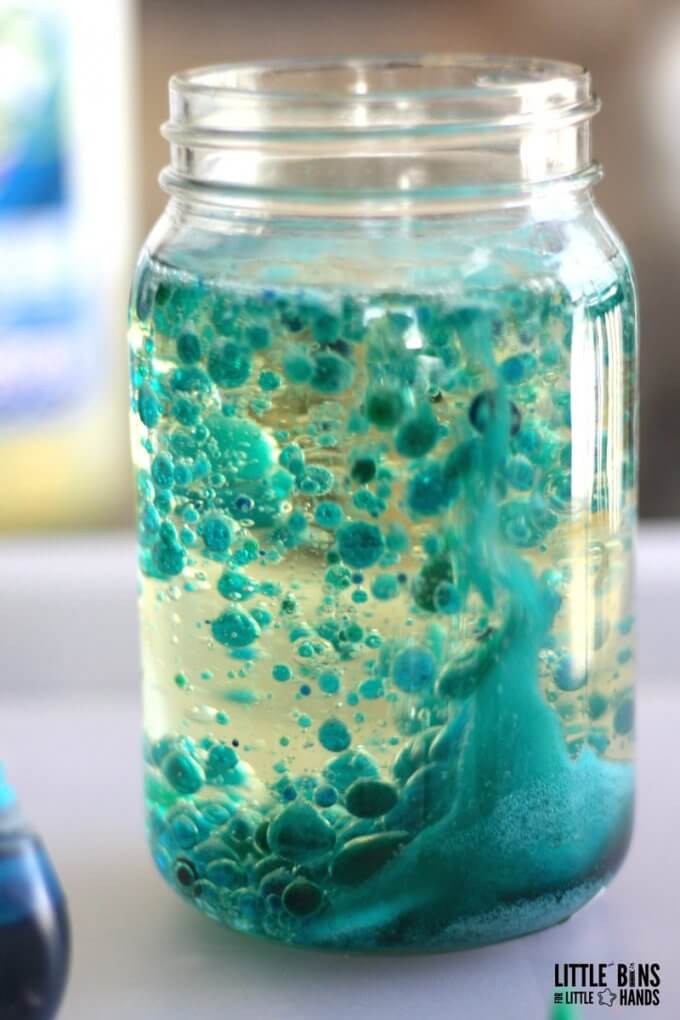
How to Set Up a Lava Lamp Experiment
Supplies:
- Cooking oil (baby oil is clear and looks pretty, but it’s not as cost-effective as a large container of cooking oil)
- Water
- Food Coloring (green and blue for Earth Day)
- Glass Jars (1-2)
- Alka Seltzer Tablets (generic is fine)
Instructions:
STEP 1: Gather your ingredients! We started with one jar for both blue and green food coloring and then decided to separate the colors into their own jars.
STEP 2: Fill your jar(s) about 2/3 of the way with oil. You can experiment with more and less and see which one gives the best results. Make sure to keep track of your results.
How else can you change up this lava lamp science experiment? What if you didn’t add oil at all? Or what if you change the temperature of the water? What would happen?
STEP 3: Next, you want to fill your jar(s) the rest of the way with water. These steps are great for helping your kids hone fine motor skills and learn about approximate measurements. We eyeballed our liquids, but you can actually measure out your liquids.
Observe what happens to the oil and water in your jars as you add them.
Have you ever made a DENSITY TOWER?
STEP 4: Add drops of food coloring to your oil and water and watch what happens. However, you don’t want to mix the colors into the liquids. It’s ok if you do, but I love how the coming chemical reaction looks if you don’t mix them!
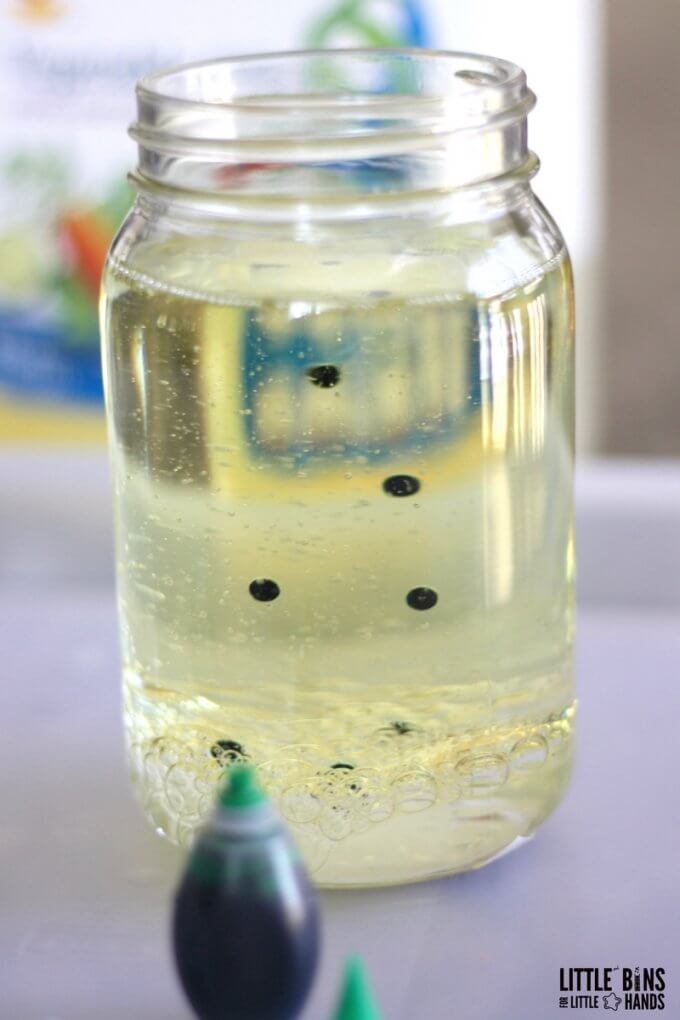
STEP 5: Now it’s time for the grand finale of this lava lamp science experiment! It’s time to drop in a tablet of Alka Seltzer or it’s generic equivalent. Make sure to watch closely as the magic starts to happen!
Save a few tablets for these Alka Seltzer rockets, too!
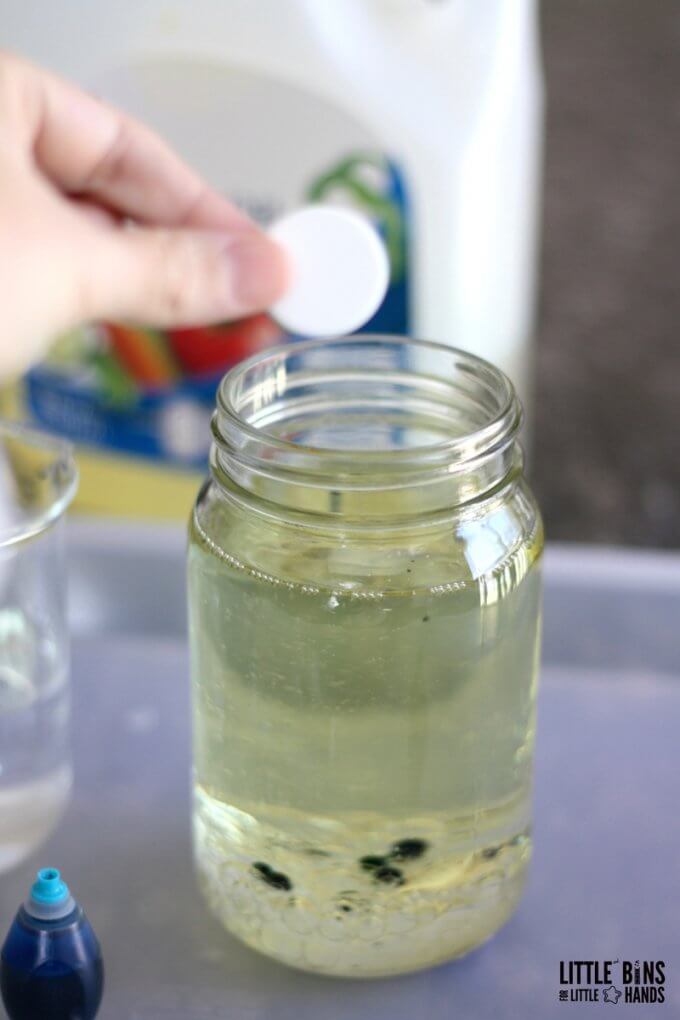
Notice the tablet is heavy so that it sinks to the bottom. You may have already observed that water is heavier than cooking oil.
As you can see below, the chemical reaction between the water and the Alka Seltzer starts to take shape, and the bubbles or gas produced during the response pick up blobs of color!
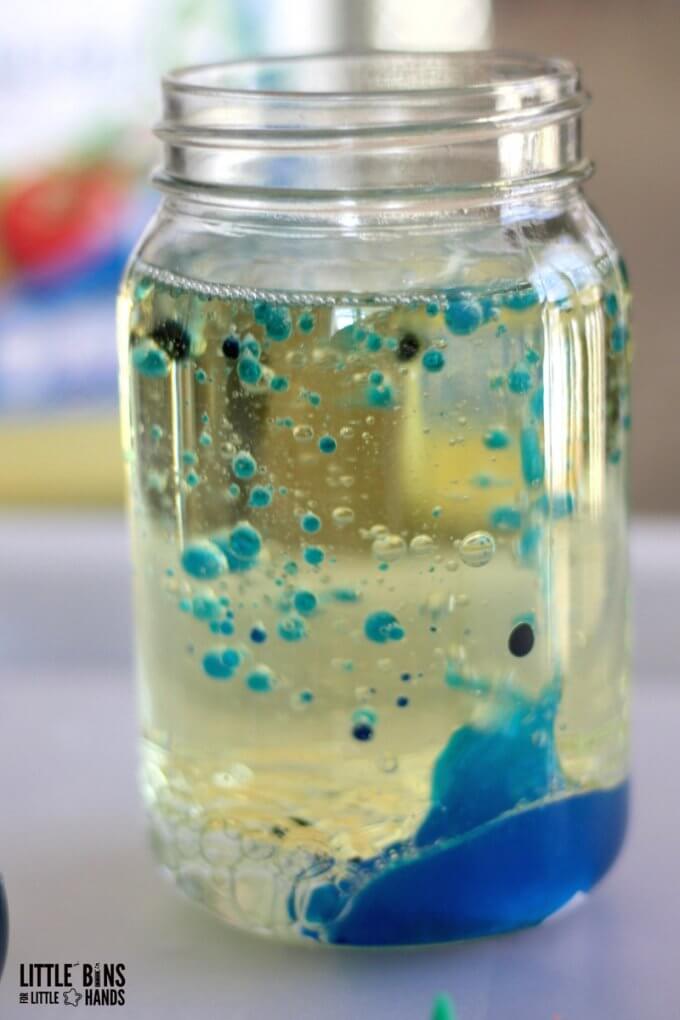
This chemical reaction will continue to pick up speed. The reaction will continue for a few minutes, and of course, you can always add another tablet to continue the fun!
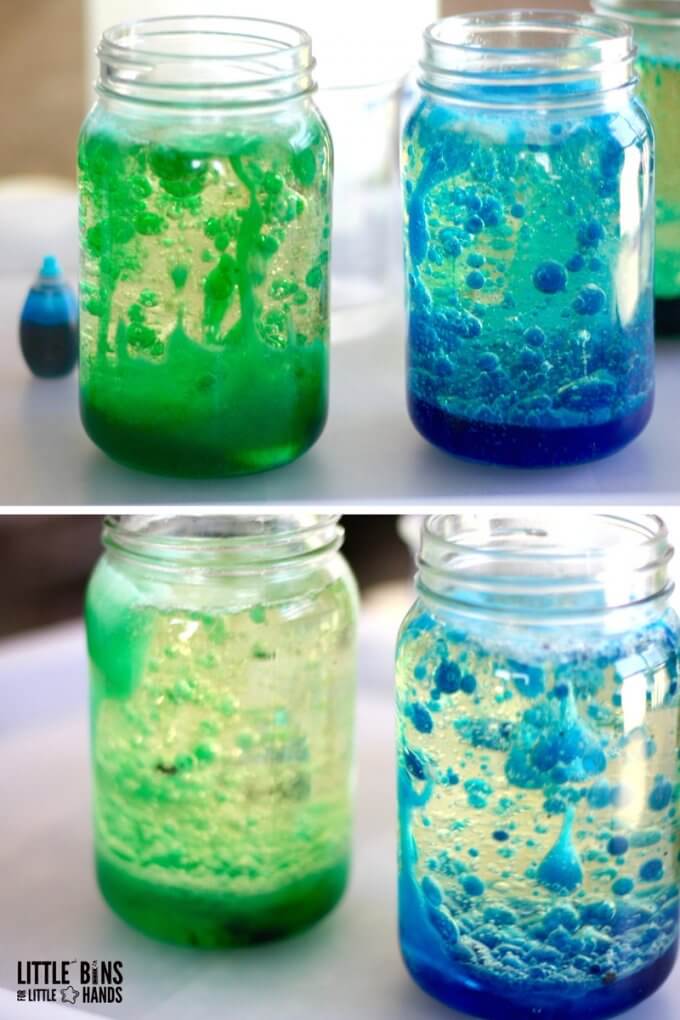
How Does It Work?
Water Is More Dense Than Oil
There are quite a few learning opportunities here with physics and chemistry! The liquid is one of the three states of matter. It flows, pours, and takes the shape of the container you put it in.
However, liquids have different viscosity or thicknesses. Does the oil pour differently than the water? What do you notice about the food coloring drops you added to the oil/water? Think about the viscosity of other liquids you use.
Why don’t all liquids mix together? Did you notice that oil and water separated? That’s because water is heavier or denser than oil.
Making a DENSITY TOWER is a great way to observe how not all liquids weigh the same. Liquids are made up of different numbers of atoms and molecules. In some liquids, these atoms and molecules are packed together more tightly, resulting in a denser or heavier liquid.
This difference in density is why oil and water do not mix well and separate into distinct layers when mixed together. Since water is denser, it sinks to the bottom, while the less dense oil floats on top. This property of liquids with different densities separating into layers is called stratification.
Learn more about Density here!
Alka Seltzer Chemical Reaction
Now for the chemical reaction! The Alka Seltzer tablets react with water to produce carbon dioxide gas bubbles. This reaction occurs due to the effervescent properties of Alka-Seltzer tablets, which contain citric acid and sodium bicarbonate (baking soda).
As carbon dioxide gas is produced, it forms bubbles that rise to the surface of the liquid. The bubbles carry small colored droplets (representing the “lava” in the lamp) to the top of the solution.
As the bubbles reach the surface, they release their gas into the air, causing the droplets to cool and sink back down to the bottom of the container. This cycle of rising and sinking creates the mesmerizing motion observed in a lava lamp.
More Fun Science Experiments To Try
- Rainbow In A Jar Experiment
- Mixing Oil and Vinegar
- Our Original Lava Lamp Experiment
- Salt Lava Lamp
- Salt Water Density Experiment

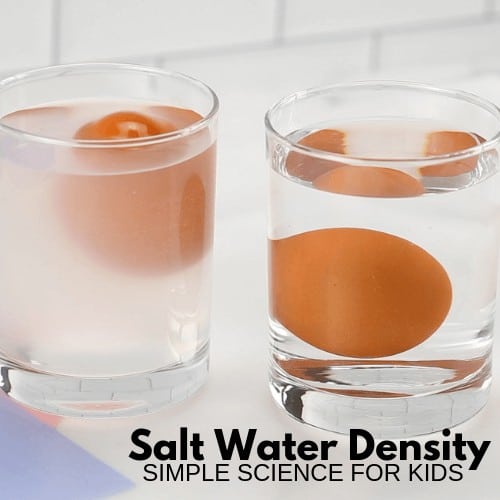

Printable Science Projects For Kids
If you’re looking to grab all of our printable science projects in one convenient place plus exclusive worksheets and bonuses like a STEAM Project pack, our Science Project Pack is what you need! Over 300+ Pages!
- 90+ classic science activities with journal pages, supply lists, set up and process, and science information. NEW! Activity-specific observation pages!
- Best science practices posters and our original science method process folders for extra alternatives!
- Be a Collector activities pack introduces kids to the world of making collections through the eyes of a scientist. What will they collect first?
- Know the Words Science vocabulary pack includes flashcards, crosswords, and word searches that illuminate keywords in the experiments!
- My science journal writing prompts explore what it means to be a scientist!!
- Bonus STEAM Project Pack: Art meets science with doable projects!
- Bonus Quick Grab Packs for Biology, Earth Science, Chemistry, and Physics
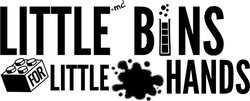

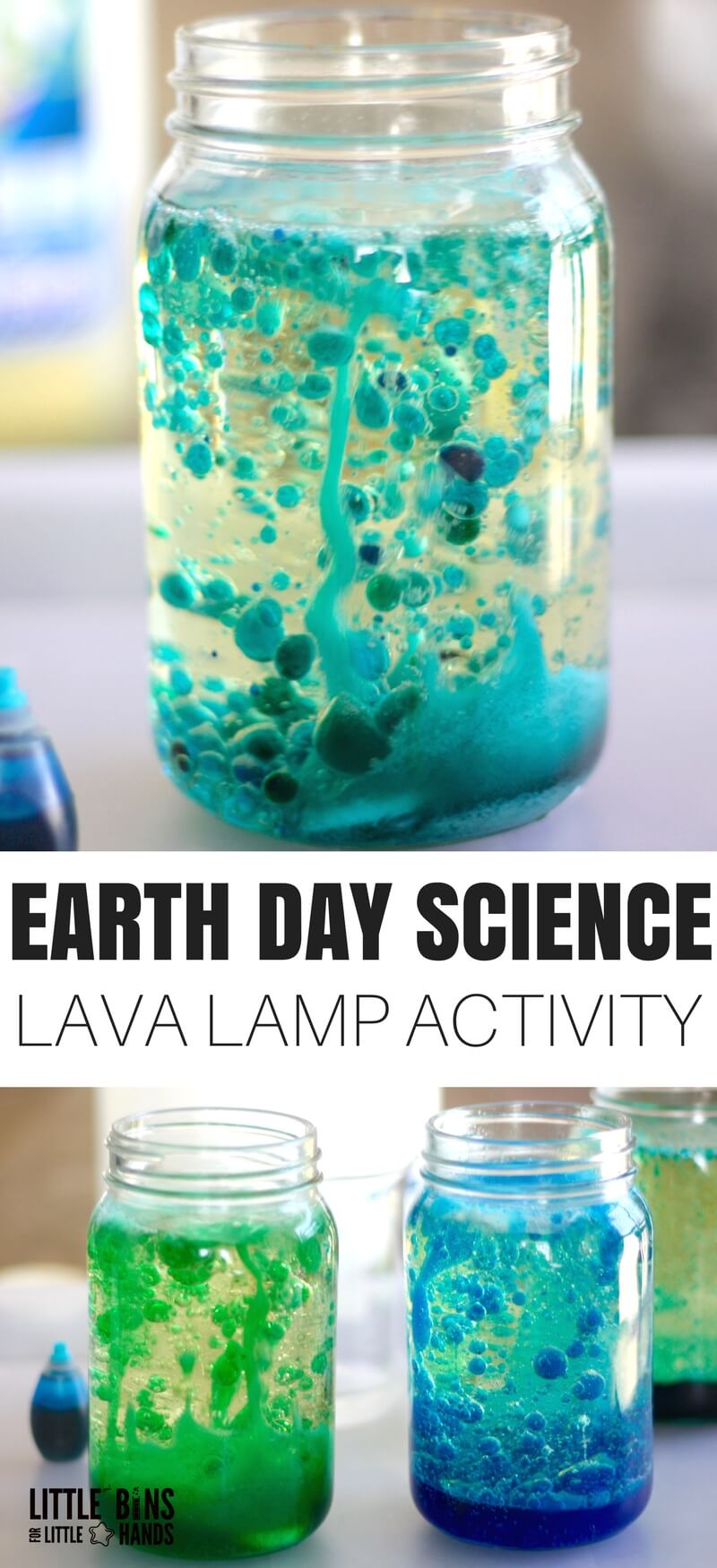
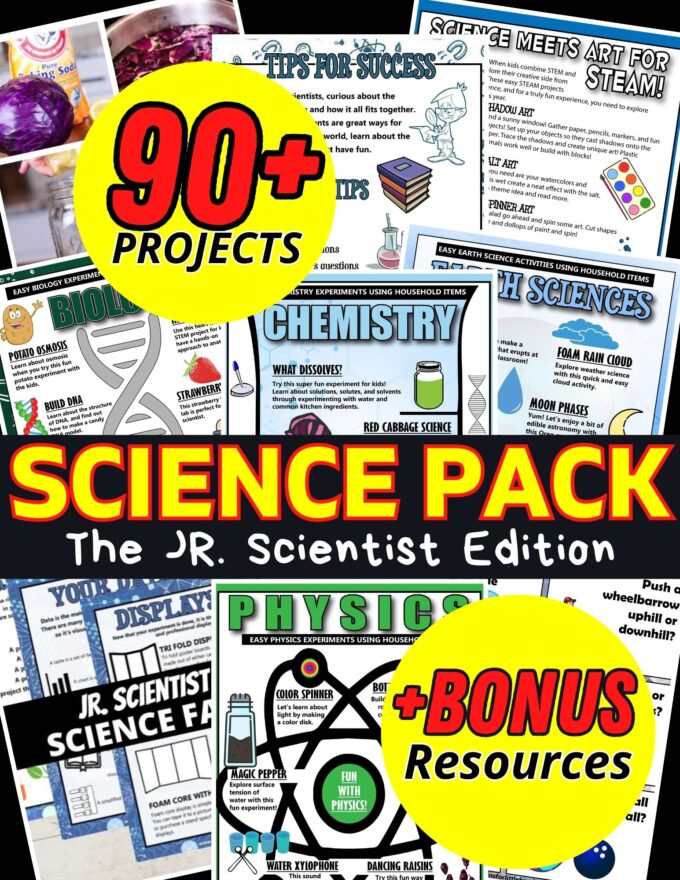
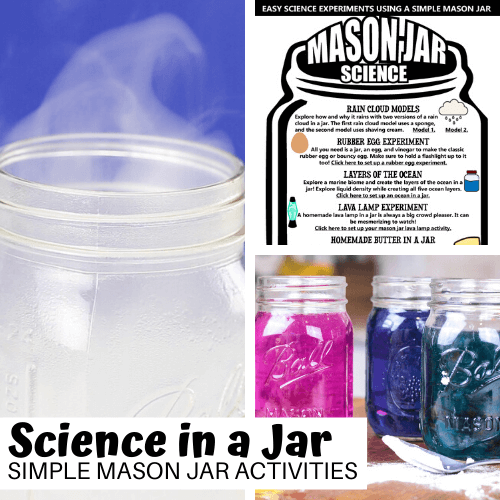
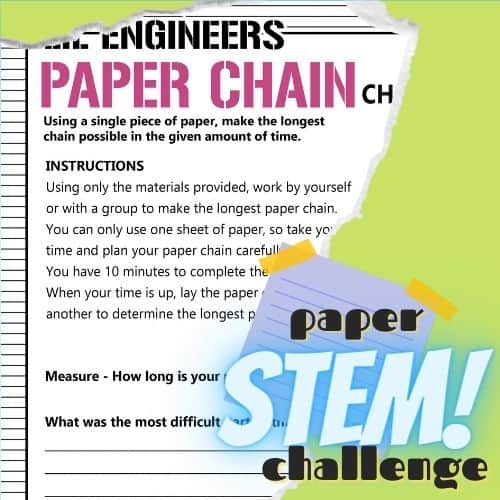
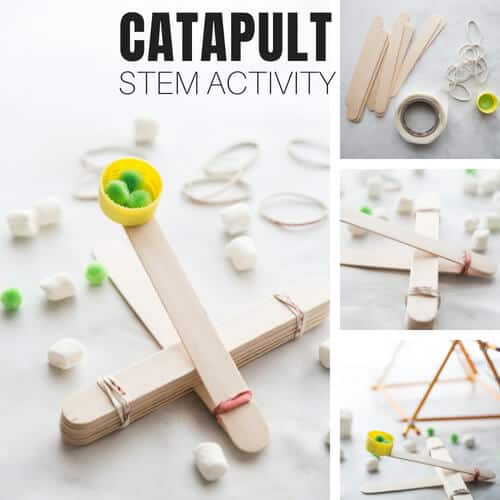
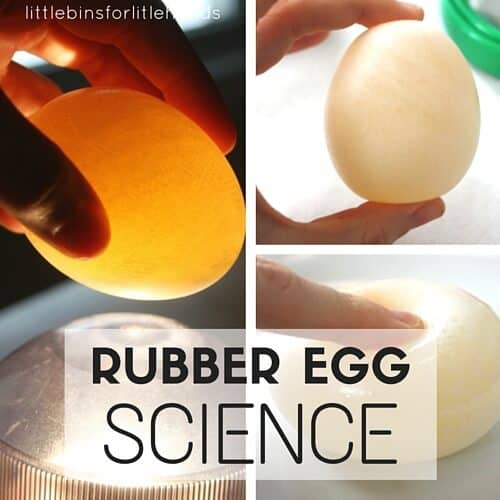
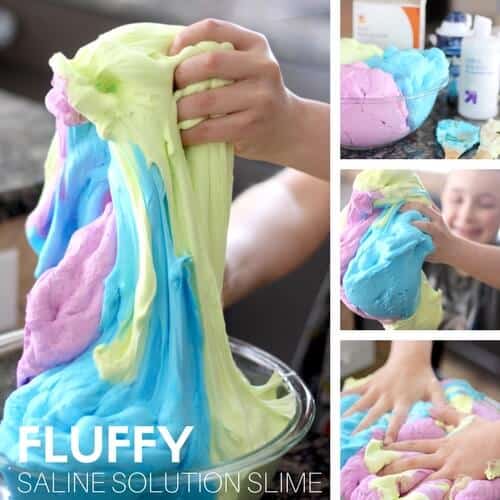
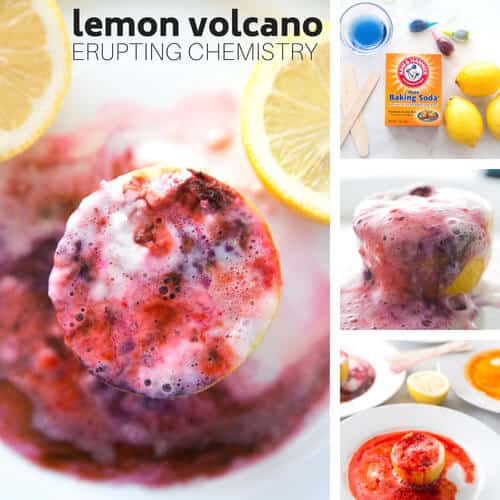
This looks like a GREAT activity! How would you recommend disposing of the contents afterwards? I’m assuming that dumping it into a sink would be a poor choice. Just toss it into the trash?
You can put it in the trash surely. It is cooking oil and water which is often disposed of down the sink as well depending on your system.
Is this a one-and-done activity, or can the children do this over again with fresh Alka Seltzer tablets?
Over and over again! That’s what makes it so much fun!
What can we use if we don’t’have Alka Seltzer at home?
Hi, you would want to try out a different activity until you can get some for the full effect. You can just enjoy the oil and water experiment.
Could you do this in a plastic water bottle? This way my students could take it home.
Yes, you could! Just make sure the lids are tightly screwed on! It will be be messy otherwise.